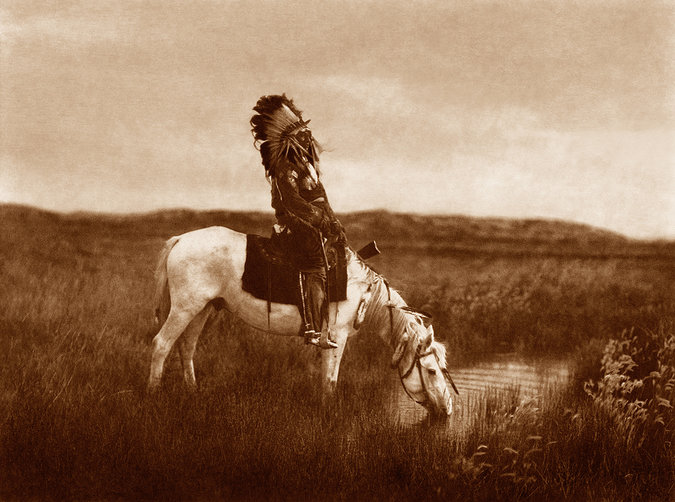
.
I have a version of this at the top of the blog, but with various website rehostings and reformats, I am not sure how many of my readers have seen it, so I am revamping it a little bit. These are generally great coffee table books
To write this blog, I rely on two types of books, general history books and photography books. Here are a few books in latter category that are really interesting:
Things As They Are: Photojournalism in Context Since 1955 — the book reprints the pages of newspapers and magazines, so that you can see photographs as the public had originally experienced them.
Kiosk: A History Of Photojournalism — for earlier history of photojournalism in context, you have nothing better than this book.
atOptions = { ‘key’ : ‘c2c53b72bd0b7868918b53757d390660’, ‘format’ : ‘iframe’, ‘height’ : 90, ‘width’ : 728, ‘params’ : {} }; document.write(”);Paris Match: 60 Ans 60 Photographes — often what is considered iconic in one country, doesn’t translate to another country. Here, a collection of photos from pages of Paris Match, Life Magazine equivalent of France. Some are really unique.
Book of 101 Books: The: Seminal Photographic Books of the Twentieth Century — the same premise here as Things As They Are and Kiosk, but focus is more on photobooks published from 1907 to 1996.
Underexposed: Censored Pictures and Hidden History — this books reviews images which were banned, suppressed or conveniently forgotten by politicians, despots and celebrities.
National Geographic 100 Most Important Photos and National Geographic: The Photographs — my personal preference is the latter, but the former is also very well written. About a decade ago, NatGeo had a great app on iPad covering these photos, but it has been discontinued. The lesson here — print media endures.
Decades of the 20th Century by Getty — individually or in box set format, this is worth buying. In three languages, this box-set celebrates famous, infamous and obscure moments of the last century.
The New York Times Magazine Photographs — Covering 30 years, The New York Times Magazine in four sections: reportage, portraiture, style and conceptual photography, this is a wondering, engrossing tome

.
Our Century in Pictures by Life — If you are going to have one photo-related coffeetable book or gifting one, this is the one. For those who don’t have time to pore through over forty years of Life archives online, this book collects the best of the magazine.
Life 100 Photographs — Slimmer, more curated version of the above, selecting ‘100’ most iconic photos.
Great news photos and the stories behind them — Might be hard to find and writing might be dated but this book delivers exactly what the title promised: extremely interesting and little known stories behind the pictures we are intensely familiar with.
Get the picture: a personal history of photojournalism — if you have time to read only one photo-related memoir, it should be this one by John G. Morris, the first director of Magnum. Many great photographers turn up in his anecdotes.
Century: A History in Photographs by Phaidon — photos inside are superb, but captions are pithy. Personally, i think this is a better book than equally-weighty tomes Magnum produces periodically.
Taschen Icon Series — there are two books directly related to photo icons, but other books on individual photographers, and topics such as pin-ups, weird photos are interesting to read and look at.

Henri Cartier-Bresson: The Modern Century — photos by the greatest photojournalist of last century, from all over the world and spanning many decades
Slim Aarons: Style — from the lens of the great society photographer of his day, glamorous fashions, personalities, and places brightly and brilliantly captured.
Annie Leibovitz — Annie Leibovitz’s books are always fun (and hefty). This one comes at 13 pounds and collects her large format photos which are mesmerizing.

.

If you like what I do and what I write, or simply wants me to write more, you can support me via Patreon. I had tremendous fun researching and writing Iconic Photos, and the Patreon is a way for this blog to be self-sustaining.Proceeds mainly go to buying photography reference books and support me on my research (re: paywalled articles, trips to various archives). In addition to monthly addenda posts on Patreon, readers who subscribe on Patreon might have access to a few blog posts early; chance to request topics or to participate in some pollsEven if Patreon isn’t your thing, you can support by re-sharing, or tweeting about the blog or the specific posts on here. Thanks for your continued support! Here is the link:https://www.patreon.com/iconicphotos




